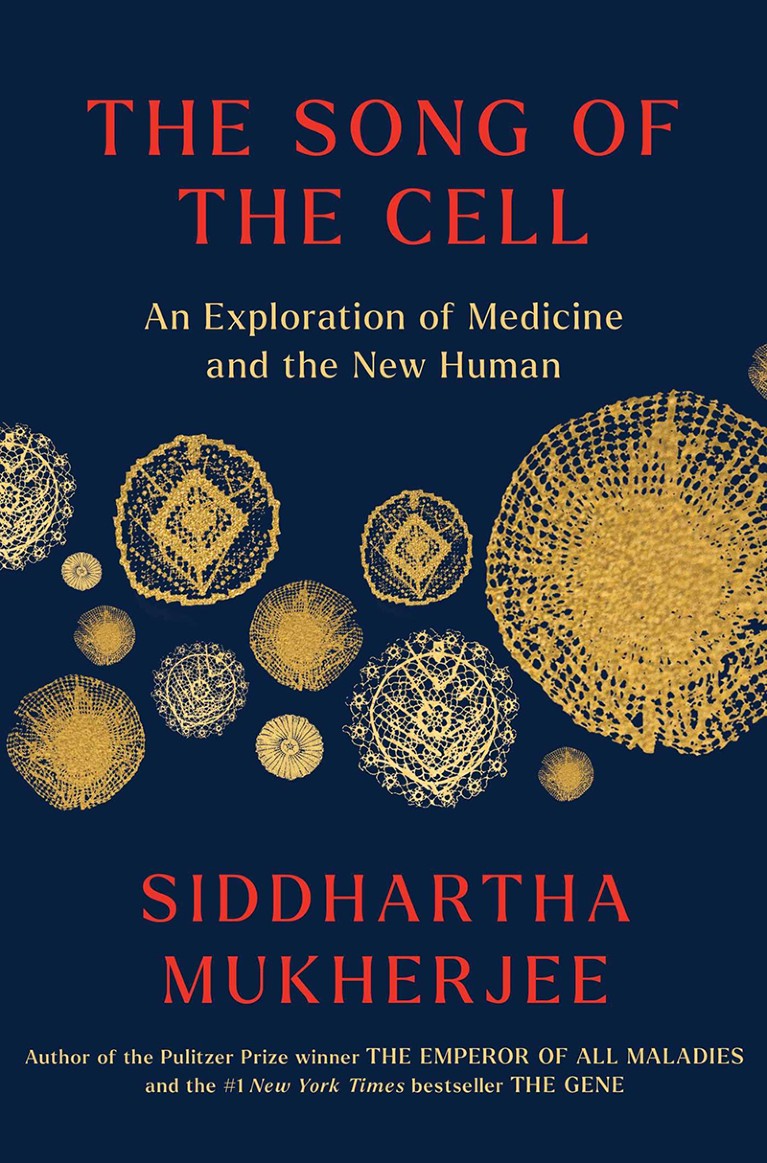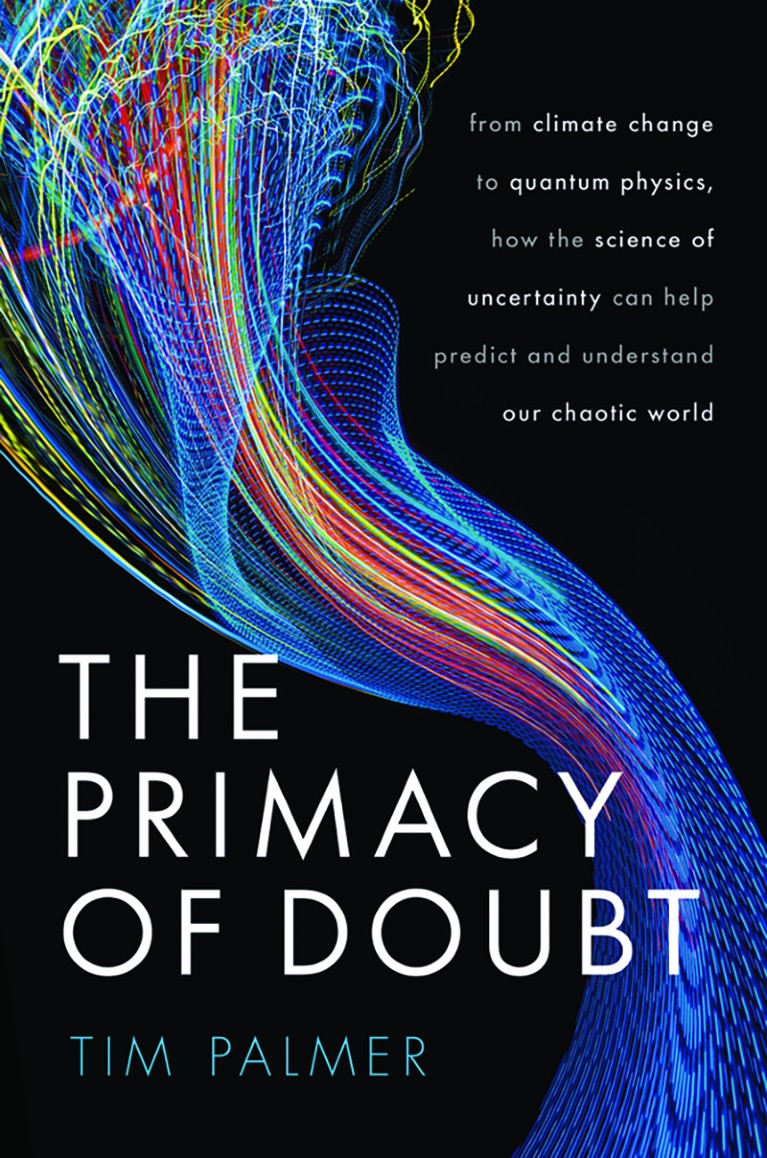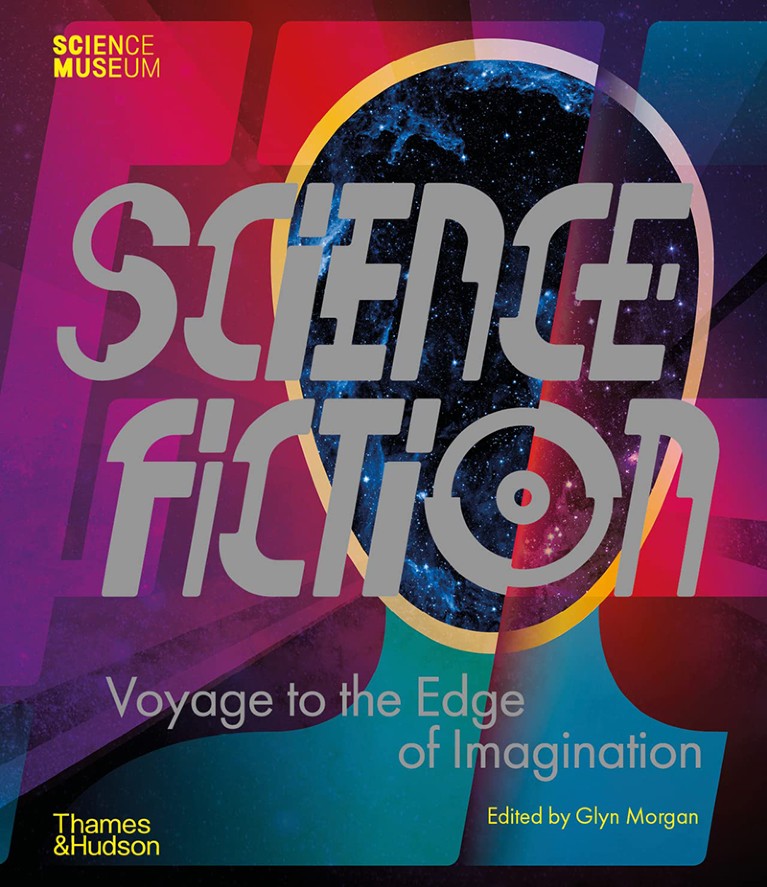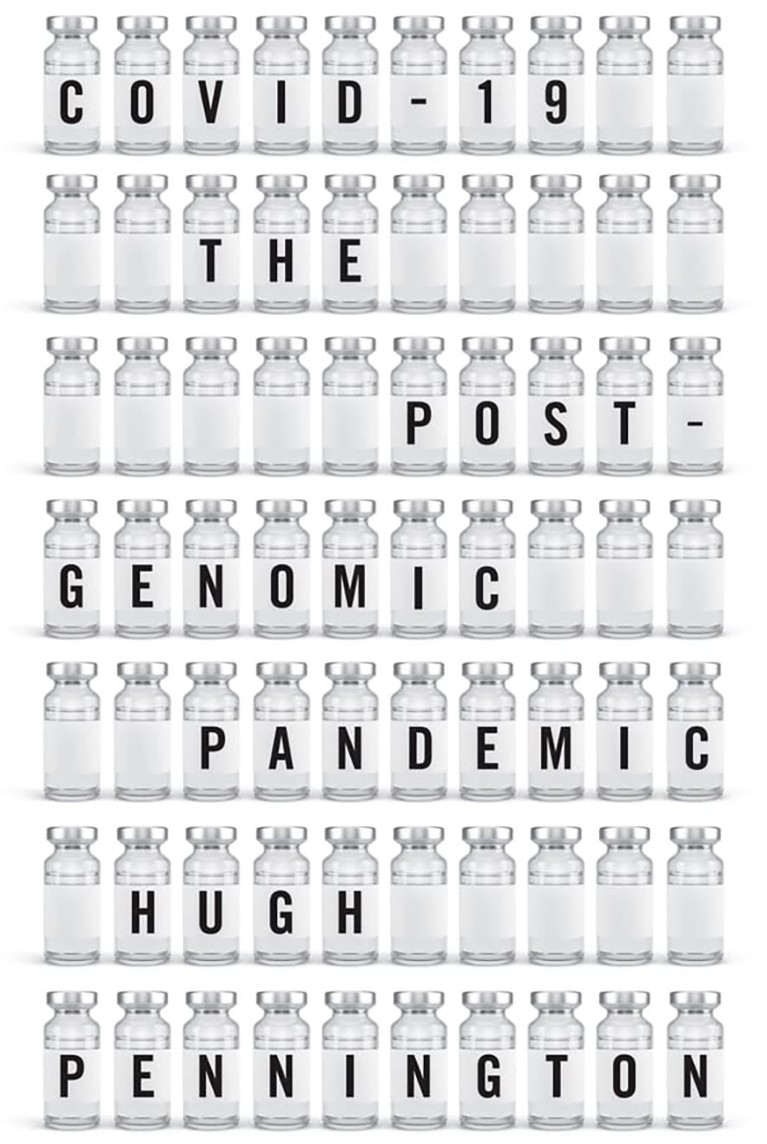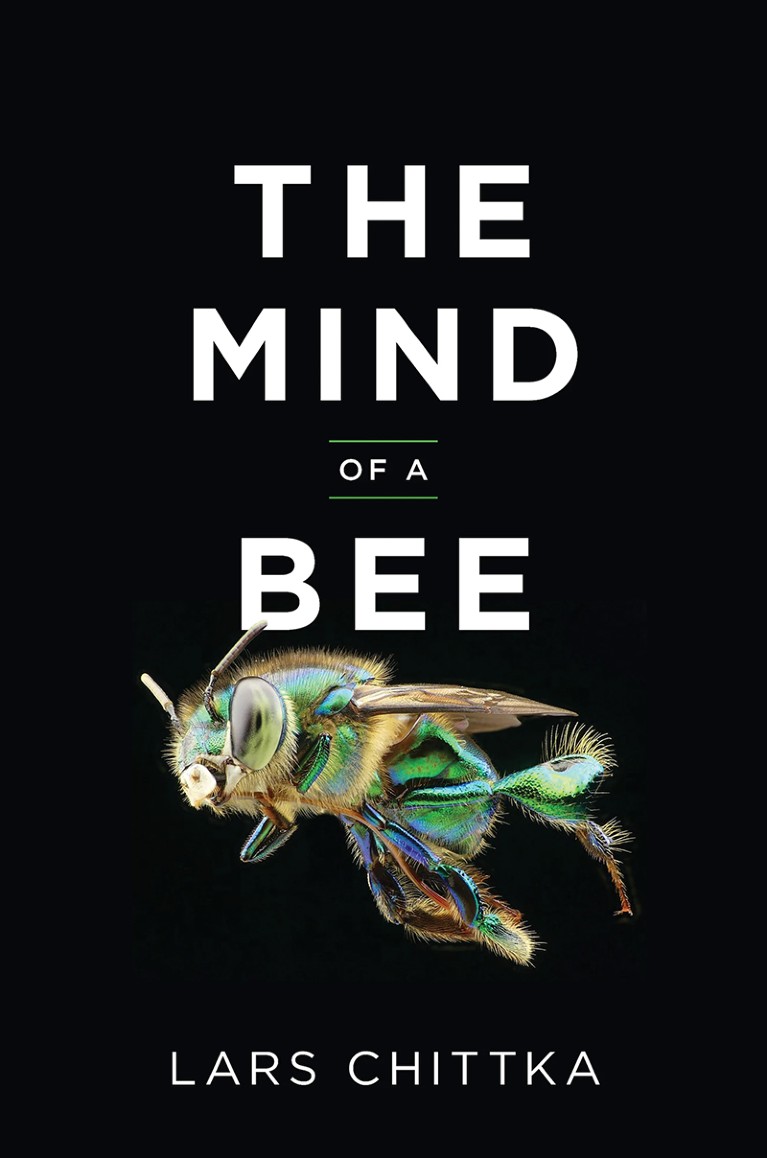The Song of the Cell
Siddhartha Mukherjee Scribner (2022)
In 1837, botanist Matthias Schleiden and zoologist Theodor Schwann saw an “uncanny” microscopic similarity between plant and animal tissues: they had discovered the unity of the cell across living beings. This complex portrait illuminates cells’ roles in immunity, reproduction, sentience, cognition, repair and rejuvenation, malfunctions such as cancer, and treatments such as blood transfusions, drawing on author Siddhartha Mukherjee’s varied experience as an immunologist, stem‑cell scientist, cancer biologist and medical oncologist.
The Primacy of Doubt
Tim Palmer Basic (2022)
Anyone intrigued by the uncertainty of weather forecasts will appreciate this important, if complicated, book. Physicist Tim Palmer has spent much of his career researching ensemble prediction — using many models with varying initial conditions, rather than a single model. Here he ranges over climate change, conflicts, consciousness, financial crashes and pandemics. Uncertainty is, he argues, more complicated than is often assumed; in his view, inspired by physicist Richard Feynman, doubt is the primary essence of knowing.
Science Fiction
Ed. Glyn Morgan Thames & Hudson (2022)
“Science and science fiction spark off one another endlessly,” writes Ian Blatchford, director of the Science Museum Group, in his introduction to this stunningly illustrated companion to an exhibition at London’s Science Museum, edited by curator Glyn Morgan. Many scientists have written science fiction, including Isaac Asimov, Arthur C. Clarke, Margaret Cavendish, James Lovelock and Carl Sagan. And this can influence science: Clarke’s 1965 short story ‘Dial ‘F’ for Frankenstein’ helped inventor Tim Berners-Lee to imagine the 1990s World Wide Web.
COVID-19
Hugh Pennington Polity (2022)
Perhaps the most remarkable aspect of COVID-19 is the speed of vaccine development. This was enabled by the success of genome sequencing, including the Human Genome Project, essentially completed in 2003. COVID-19 is therefore the first “postgenomic pandemic”, notes microbiologist Hugh Pennington in his informative, if sometimes technical, short study. Yet many other aspects resemble previous pandemics, as he discusses — mask wearing caused controversy during the 1918–19 influenza pandemic, for example.
The Mind of a Bee
Lars Chittka Princeton Univ. Press (2022)
A bee flying through a meadow is bombarded with stimuli — colour patterns, scent mixtures and electric fields — from multiple flowers of several species. It must attend only to the most productive. While visiting 1,000 flowers, it might reject 5,000 others that are unfamiliar or that it knows to be unrewarding at that time of day. Such facts fill ecologist Lars Chittka’s devoted, accessible analysis. They show that bees’ minds are much more complex than generally recognized, and might even have consciousness.
Competing Interests
The author declares no competing interests.


